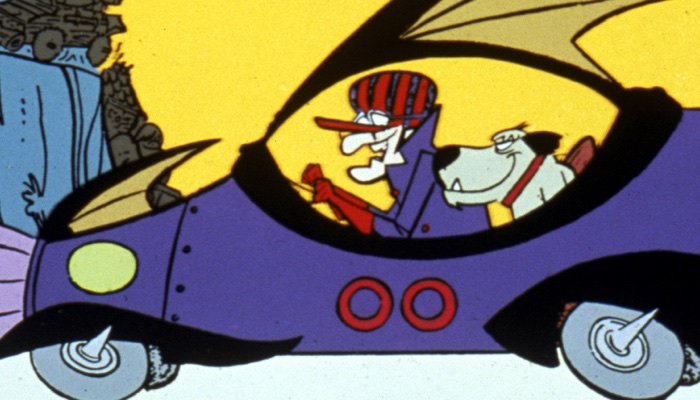Background and definition
Catastrophic insurance losses associated with the North American hurricane season of 2005 led to an increase in capital adequacy requirements. This in turn led to the rise of ‘sidecars’ as a strategic means to enhance financial stability whilst also boosting investor returns.
So what is a sidecar? Put simply, a sidecar is a financial structure created by an insurer (or reinsurer) to offload a share of their insured risks to investors. In so doing, insurers free up funds for other purposes while allowing investors to benefit from the steady income generated by insurance premiums. The sidecar is akin to a reinsurance contract: the parent (insurer) retains control over underwriting decisions while sharing the risks and rewards with the investors in its sidecar.
In contrast to catastrophe bonds – long-term instruments covering a broad array of perils and geographies – sidecars are usually designed as short-term vehicles (typically 1-5 years), with a predefined exit strategy. They are also typically limited to a single cedent. Over the years, sidecars have evolved from a device created to cope with the impact of large-scale catastrophic losses to an efficient quota-share capacity instrument used by re/insurers to leverage their relationships with capital markets.
Reinsurance sidecars are normally fully-collateralized, meaning that necessary funds are always available to pay claims in the event of losses. The ceding insurer, who passes risk to the sidecar, will usually pay its premiums for the underwritten coverage up-front, thereby allowing investors to profit from the premium return but leaving their collateral exposed to claims for the duration of the underlying risk period.
How they work
The life cycle of a sidecar is typically in 5 stages:
-
Creation – an insurer sets up a legally separate subsidiary entity (the sidecar), which is usually domiciled in a tax-efficient jurisdiction like Bermuda
-
Investment – the sidecar raises funds from third-party investors, who become shareholders in the sidecar
-
Transfer of risk – the parent company enters into a quota-share agreement with the sidecar, transferring a predetermined percentage of its underwritten risks and premiums to the sidecar. Accordingly, the sidecar agrees to assume its share of future losses and expenses together with said agreed share of the related premiums
-
Distribute profits – this occurs when claims are closed out and relevant expenses have also been paid. The distribution of profit is paid out to the sidecar’s investors via dividends
-
Close down – the final stage. At the end of the sidecar’s term, the entity is dissolved and any remaining capital is returned to the investors
Benefits and challenges
Reasons for the rise of sidecars include the growing interest of institutional investors in the insurance sector as well as the insurance industry’s continued search for new risk-transfer solutions.
Notwithstanding their growing popularity, sidecars do come with certain challenges. Regulatory scrutiny is a concern, for example, as authorities need to ensure both adequate capitalization and risk management practices.
Furthermore, the performance of sidecars is correlated to their parent companies’ underwriting expertise; this can result in considerable variation in returns.
In closing, sidecars offer a unique opportunity for insurers/reinsurers and investors to navigate the complex world of risk management together. They represent a dynamic and innovative risk-sharing mechanism that continues to reshape the insurance industry.
See also: Understanding Insurance Jargon 101
Bermuda is often called the World’s Risk Capital. Are you interested in a career in insurance in Bermuda? Visit our career portal now and see what’s new.







Leave A Comment
You must be logged in to post a comment.